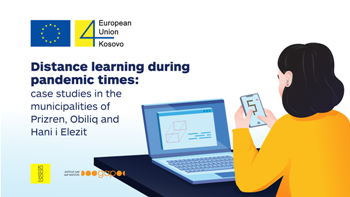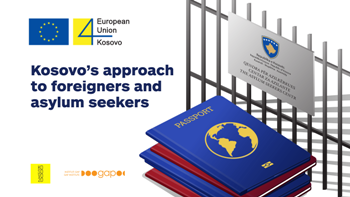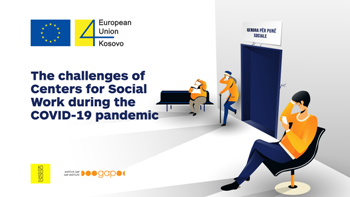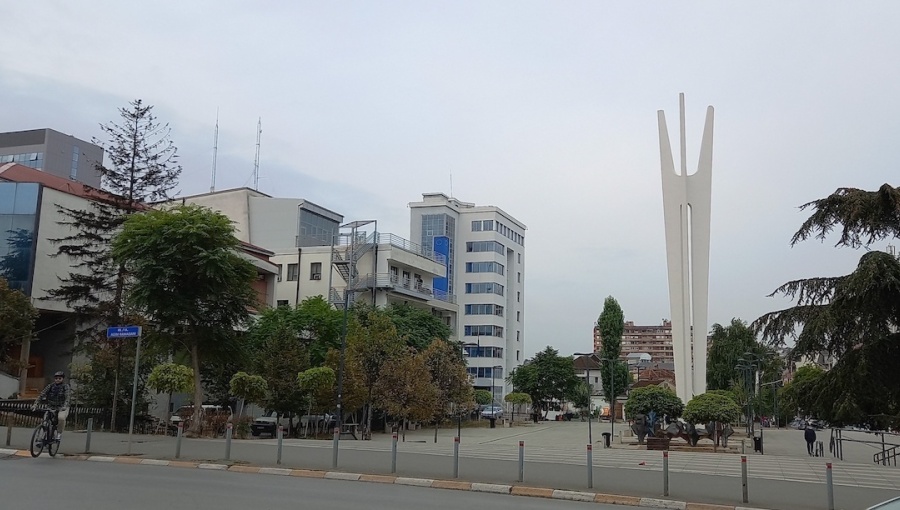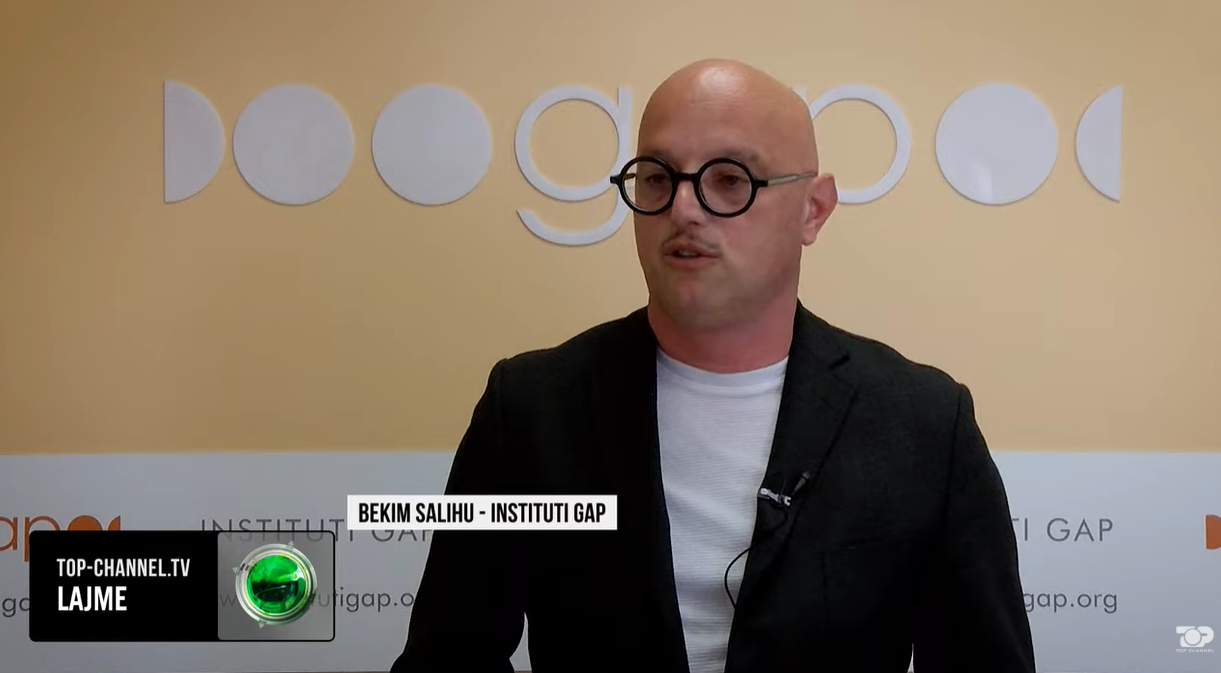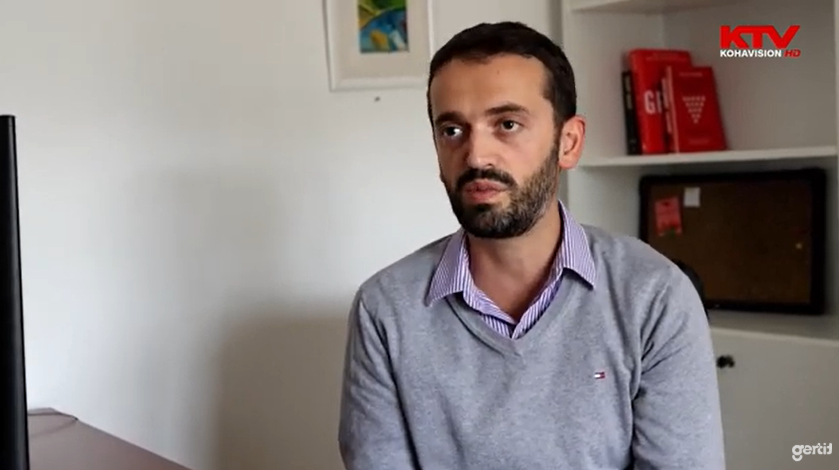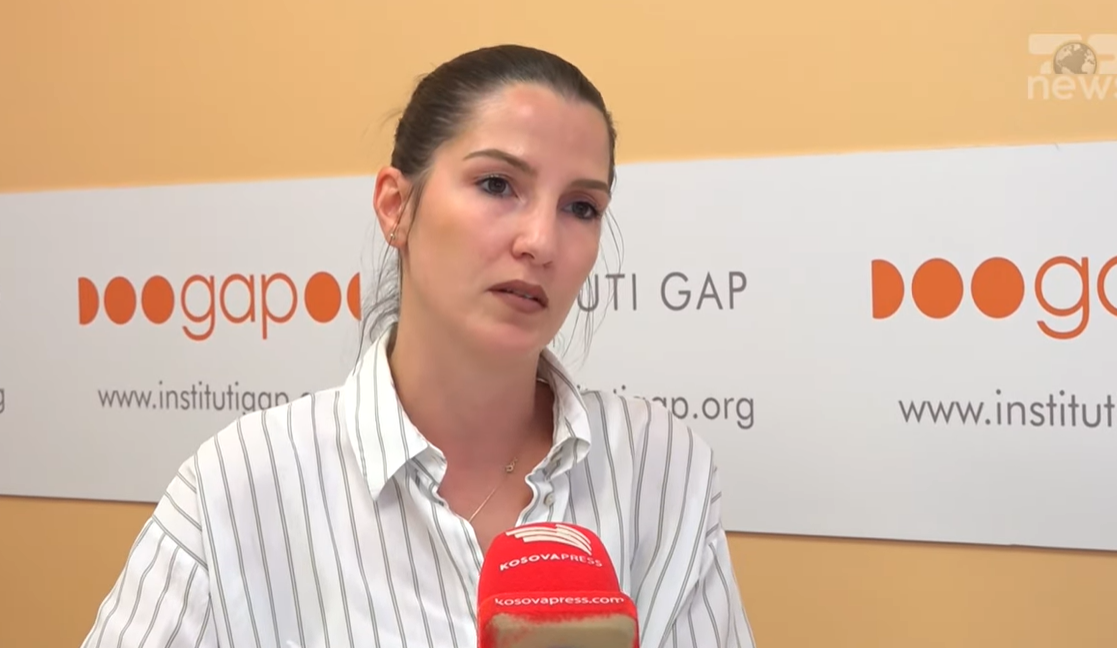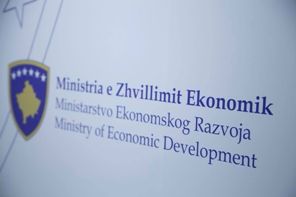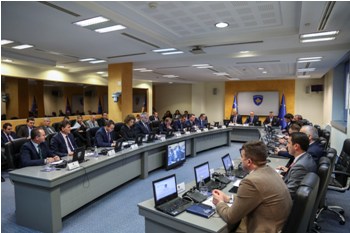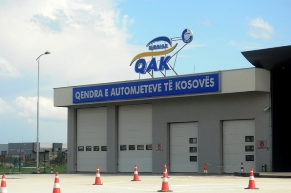GAP published the report: “Emigration and the Labor Market in Kosovo: The Untapped Potential of the Inactive Workforce"
30/04/2025
GAP Institute published the new report “Emigration and the Labor Market in Kosovo: The Untapped Potential of the Inactive Workforce.” The report’s findings were presented as part of the Forum discussion of the Public-Private Dialogue Platform of the National Council for Economy and Investments (NCEI) on workforce development.
The findings of the report show that Kosovo’s labor market is expected to face challenges in the coming years due to a shortage of labor, primarily caused by the emigration and the high rate of economic inactivity. By 2023, according to official data, the number of people who had left Kosovo towards various countries around the world reached 359 thousand individuals, representing about 22.6% of the country’s population On the other hand, the category of immigrants which includes returning Kosovar citizens as well as foreign nationals living in Kosovo, accounts to around 99 thousand people, or 6.2% of the total population.
A portion of those emigrating from Kosovo are part of the active labor force, which, as a result, is increasing the domestic demand for both local and foreign workers. In 2024, the Ministry of Internal Affairs (MIA) in Kosovo issued a total of 8,293 residence permits to foreign nationals, of which 3,974 were issued for employment purposes. Most of these immigrants originate from regional countries such as Albania, Serbia, and North Macedonia, as well as non-regional countries such as Turkey, Bangladesh, Philippines, and other Asian nations. However, more than half of these permits are re-newals from previous years. Therefore, the annual net emigration significantly exceeds immigration, meaning that foreign workers cannot fill the labor force gap caused by emigration.
The most sustainable solution to address the labor shortage in Kosovo is to increase the participation in the labor market of working-age individuals who are currently not employed nor seeking employment. Kosovo has the highest inactivity rate in the Western Balkans. Data shows that out of approximately 1.1 million people of working age, only 461 thousand people (43%) are economically active, either employed (89%) or unemployed (11%). Meanwhile, the majority or around 613 thousand people (57%) of the working-age population are considered economically inactive. Among them, 66% are women and 34% are men, indicating that the particularly low participation of women in the labor market remains a serious challenge. In addition, part of the inactive labor force are youth who are not in education, employment, or training (NEET), accounting or 78 thousand people (30%), a rate significantly higher than the EU average of 9.9% and the highest in the Western Balkans.
The sectors most affected by the labor shortage are construction, wholesale and retail trade, hospitality, and manufacturing, sectors also showing higher emigration tendencies. Most of the job positions in these sectors do not require high qualifications and involve tasks that can be learned in a short period, suggesting that the inactive local labor force could potentially meet these demands.
The report offers several recommendations and measures aimed at improving the inclusion of the inactive workforce in the labor market, such as: training for Advancing Knowledge and Easier Inclusion in the Labor Market training programs to advance skills and facilitate easier integration into the labor market; support for increasing the participation of women and youth in the labor market; strengthening the role of the Employment Agency; and support for innovative technologies and the advancement of skills in the field of clean energy.
The discussion was attended by stakeholders from both public and private institutions, including business associations, and the recommendations of GAP Institute will be highlighted and presented in further discussions within the framework of the public-private dialogue.
You can find the full by clicking here.
